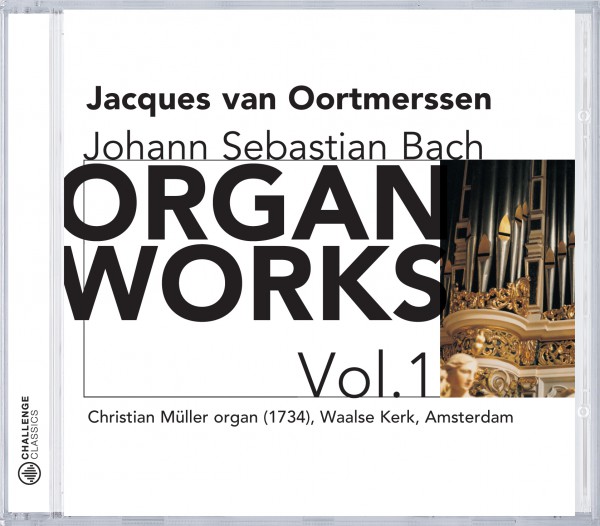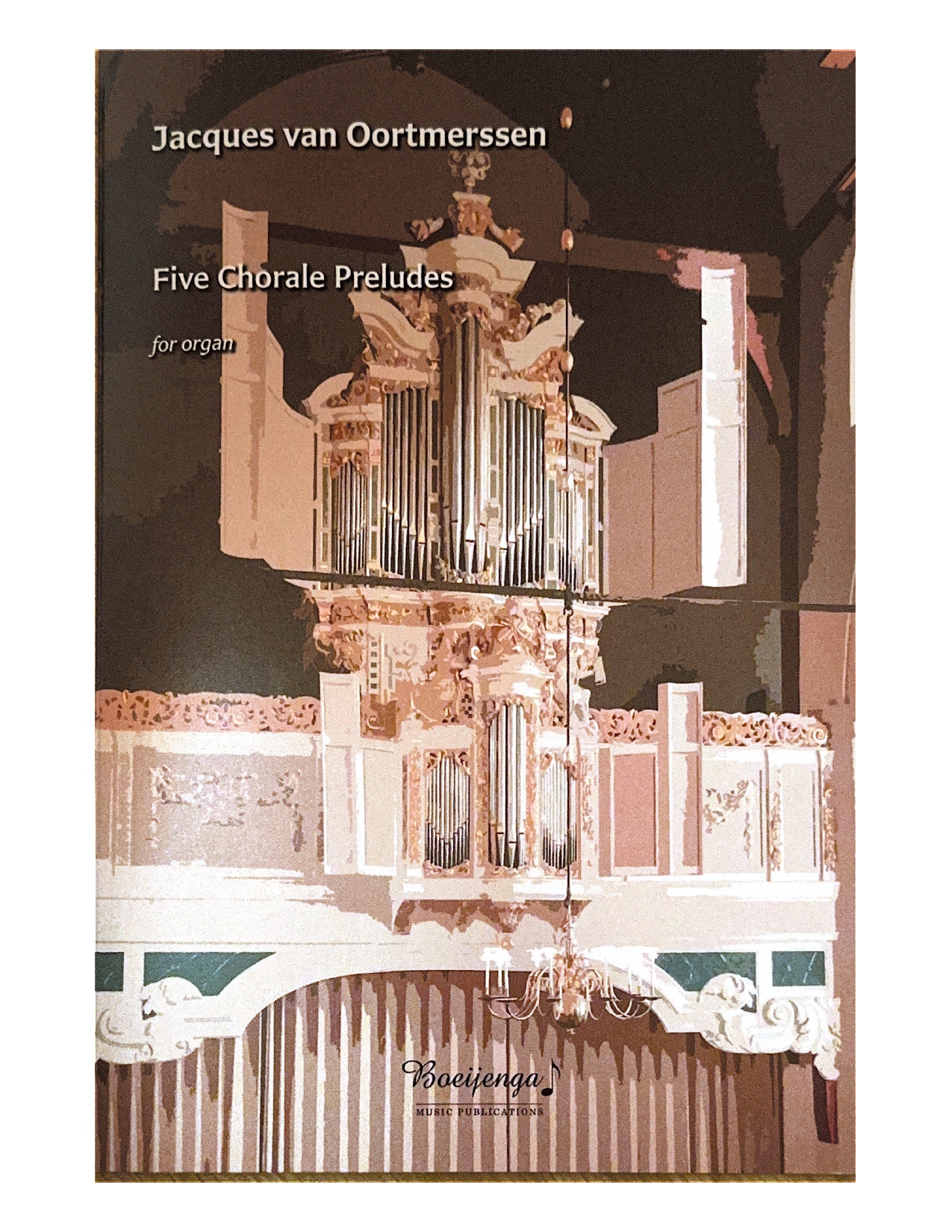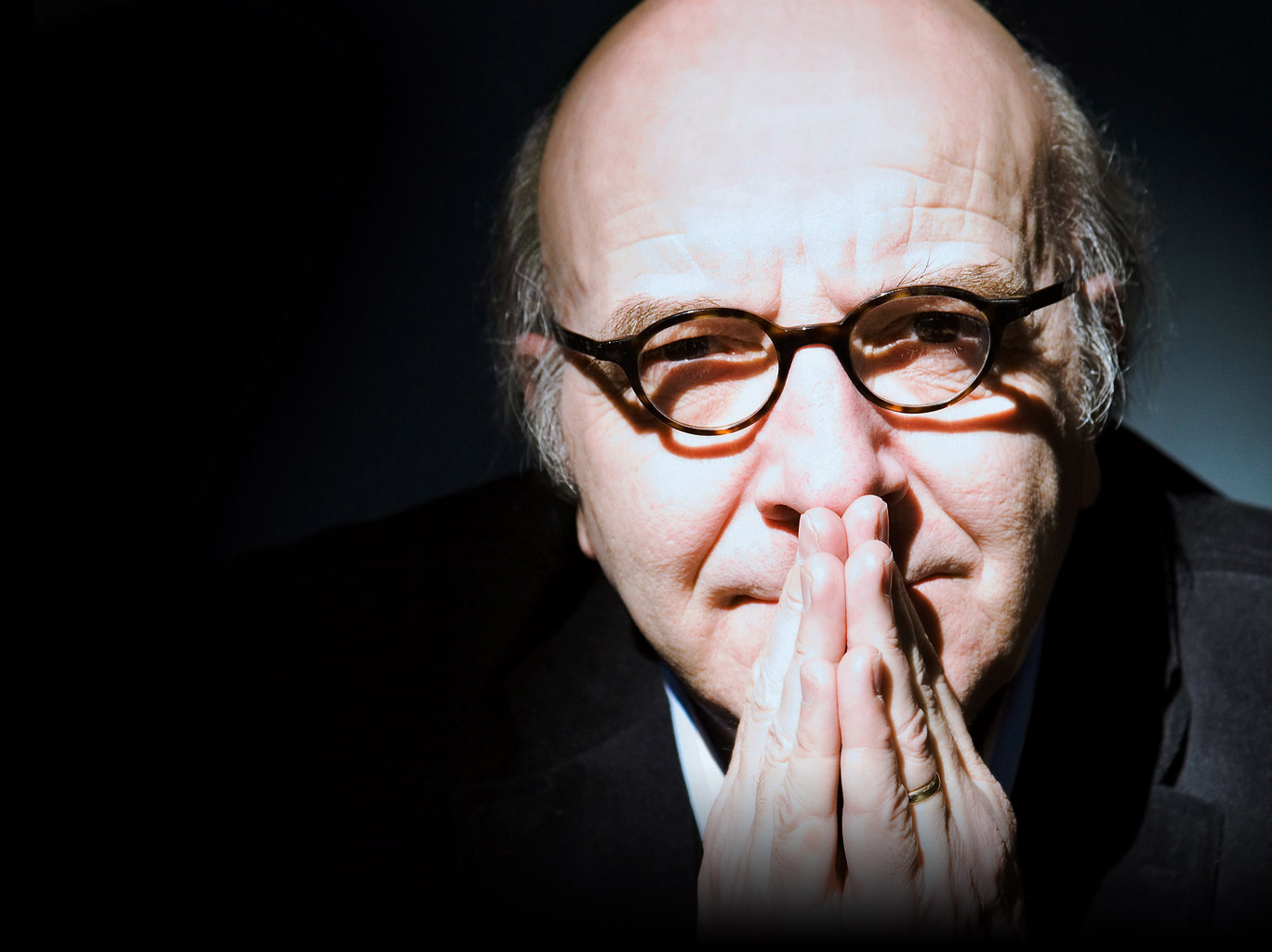Back
Many authors have considered questions about the type of organ that is most ideal for the interpretation of Bach’s organ works. The notion of a ‘Bach Organ’ quickly established itself. All things considered, the conclusion can only be that the ‘Bach Organ’ is an unattainable and utopian ideal. Bach had extensive know¬ledge of organ-building and came into contact with builders from differing ¬German organ-building traditions. His own sphere was Thuringia and Saxony, a region where a multitude of influences from other areas can be observed, and which possessed its own indigenous types of organ. Bach became acquainted with, and played on, instruments of all traditions, and undoubtedly thought about these types of instrument in course of writing down his compositions. The eclectic nature of Bach’s works for organ equates, as it were, with the diversity of the organ timbres he encountered. The versatility of his organ compositions, with their immense stylistic palette, makes for performance on organs of different traditions not only possible but even desirable.
In choosing registrations for his Bach recordings, Jacques van Oortmerssen is following exactly Bach’s (infrequent) indications for the use of one or more ¬manual(s) and forte/piano dynamics. Moreover, he is basing his interpretations on that which is known about registrational practices in Bach’s time and region; in this respect the surviving.








